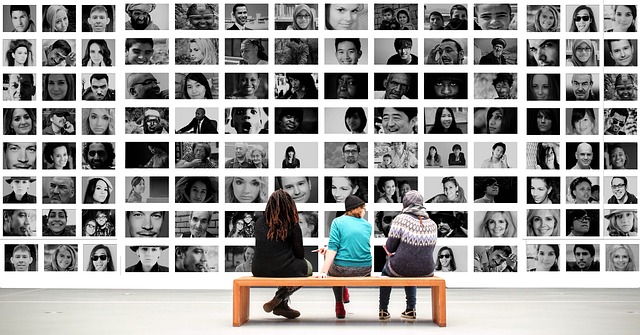 Sometimes it is very important to evaluate age based on someone’s face alone, but this can be quite tricky.
Sometimes it is very important to evaluate age based on someone’s face alone, but this can be quite tricky.
This is actually a surprisingly pressing issue as age is relevant in all sorts of commercial, social, or political contexts. While it seems intuitive that we should be able to recognize people’s ages pretty easily, this has been challenged, if not refuted, by emerging research. For instance, in a series of experiments by Dr. Colin Clifford and his team, it appears that people tend to be incredibly bad at accurately judging age.
Not only is it often awkward or inconvenient to not be able to judge someone’s age, but age also undergirds a great deal of social evaluations. Group identification, emotional evaluations, and other assorted judgments are heavily determined by our perceptions of age, as should not be surprising to most readers.
Given the importance of age evaluations in social interactions, Dr. Clifford’s team attempted to expose experimental participants to a massive database of passport photographs, tasking them with estimating the age of the person.
The experimental design was relatively simple; though employing some complicated measures to avoid sampling biases and other confounding factors. Essentially, each of the 84 participants was asked to identify the age of almost 400 participants, ranging greatly in age and across gender.
Overall, they detected certain systemically incorrect estimations across the participants. Namely, young faces tended to be seen as older, while older faces tended to be seen as younger. This was actually in line with some previous research that found that age estimations tend to skew to middle aged faces.
Importantly, perceptions of age tended to by heavily impacted by the face most recently seen. This can take the form of bias related to gender, attractiveness, or facial expression. While this research sought to control for that, Dr. Clifford did find that, without controls, such dependency would have significant impacts on evaluations.
One interesting aspect of this path dependency is the impact that previous assessments of age have. After coding multiple faces as being young, participants were more likely to gauge subsequent pictures as younger than they were. This is particularly notable given that that is the opposite of the expected and normal bias of skewing towards middle aged assessments.
Dr. Clifford’s work not only helps demonstrate the challenges of accurately gauging age but also helps shed light on how we can be influenced by seeing other faces. For instance, a bartender who is used to seeing older faces might be more likely to overestimate a younger customer’s age.
While you may not be much better at age estimation than the average participant, it is helpful to keep these considerations in mind. Knowing a person’s age can be a helpful tool in correctly reading their emotions, but it can also help us gauge whether that person is a threat in various social situations.